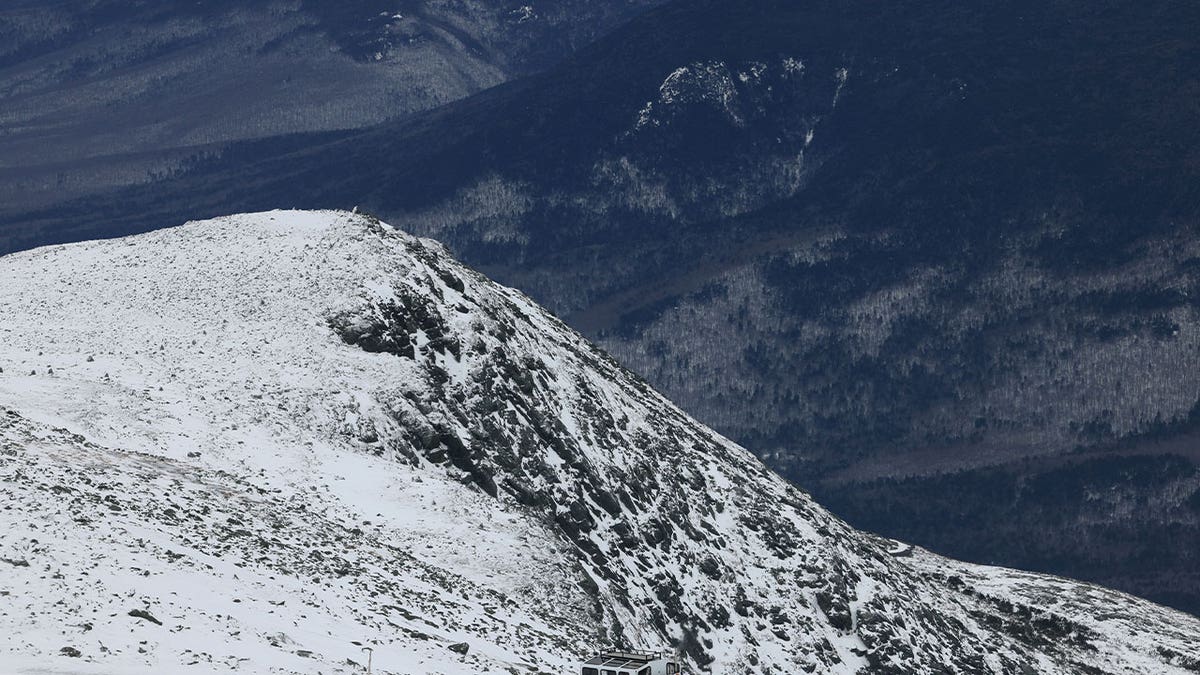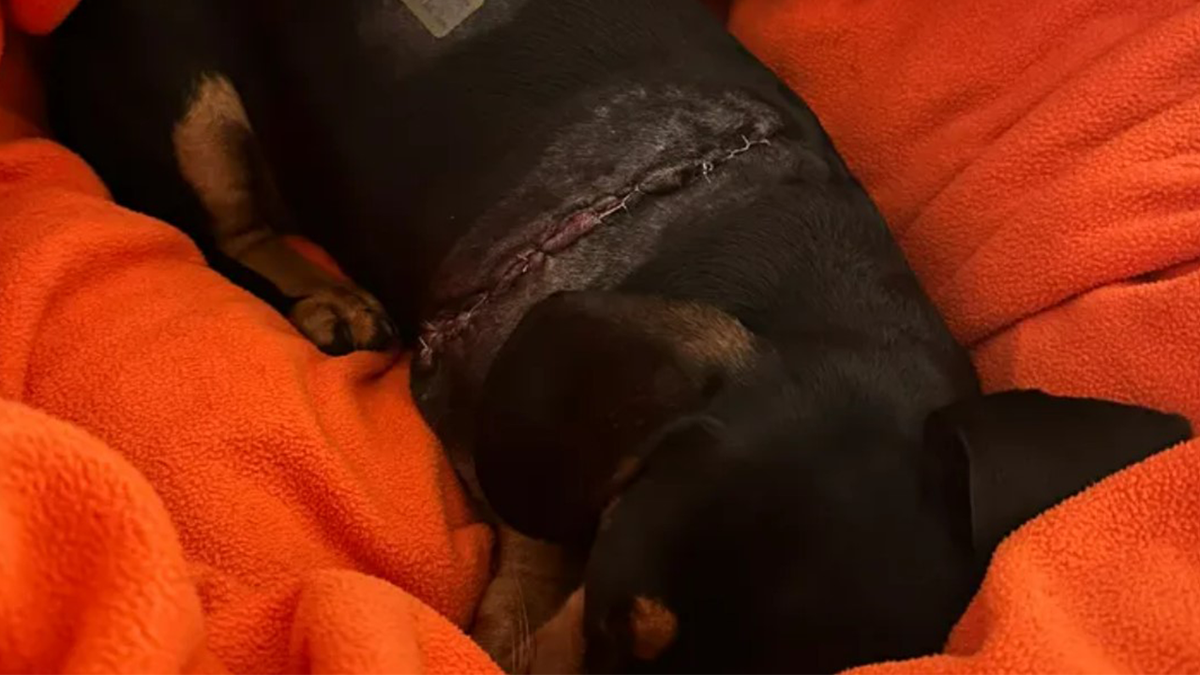Federal investigators have concluded that neglected track conditions, which should have been identified by BNSF Railway inspectors, were the primary cause of the 2021 Amtrak derailment in Montana. This tragic incident resulted in three fatalities and 49 injuries. The National Transportation Safety Board (NTSB) released its final report on Thursday, highlighting the severity of the track’s deterioration and BNSF’s failure to address the issue. The NTSB also noted that the absence of seatbelts and the inadequacy of the train's windows, which allowed passengers to be ejected during the derailment, exacerbated the injuries.
The Amtrak Empire Builder, traveling from Chicago to Seattle and Portland, derailed on September 25, 2021, near Joplin, Montana, with 165 individuals onboard. Six passengers were ejected from the observation car, resulting in one fatality. Two additional fatalities occurred in the vestibule connecting the observation car to the adjacent car. The NTSB's investigation revealed a combination of wear and tear, vertical track deflection, misalignment, and an unstable rail bed as contributing factors. These conditions, according to the NTSB, should have prompted track replacement had they been properly identified by BNSF inspectors.

The NTSB report criticized BNSF’s “shortcoming in its safety culture,” emphasizing the crucial role of thorough track inspections in preventing such accidents. NTSB Chair Jennifer Homendy underscored this point, stating that robust track inspection practices are essential for identifying and addressing deteriorating track conditions that can lead to derailments. Kristofer Riddle, representing several passengers involved in the derailment, expressed his dismay that such safety concerns repeatedly emerge after train accidents without prompting significant changes. He recounted the harrowing experience of one of his clients, who was trapped in a restroom during the derailment, highlighting the recurring nature of these safety issues.
Furthermore, the NTSB found that an automated vehicle-track interaction monitoring system, had it been installed on a locomotive traversing the area, would have detected the track's deteriorating condition, potentially allowing BNSF to make necessary repairs. The NTSB now recommends equipping all trains with this technology. This finding aligns with the agency's earlier investigative documents, which identified the deteriorating track based on video footage, including footage from BNSF freight trains that passed through the area shortly before the Amtrak derailment. The victims of the accident included a Georgia couple celebrating their 50th wedding anniversary and a software developer from Illinois. Lawsuits have been filed against both BNSF and Amtrak by the families of the deceased and injured passengers.
This incident adds to growing concerns about railroad safety, particularly following the Ohio derailment earlier this year. These events have spurred regulators and lawmakers to consider implementing a series of reforms to improve safety standards within the industry. BNSF, owned by Berkshire Hathaway, and other major freight railroads have faced criticism from railroad unions regarding their lean operating models, which are believed to compromise safety by overextending employees and hindering preventative maintenance. The railroads, however, maintain that their practices do not compromise safety.








